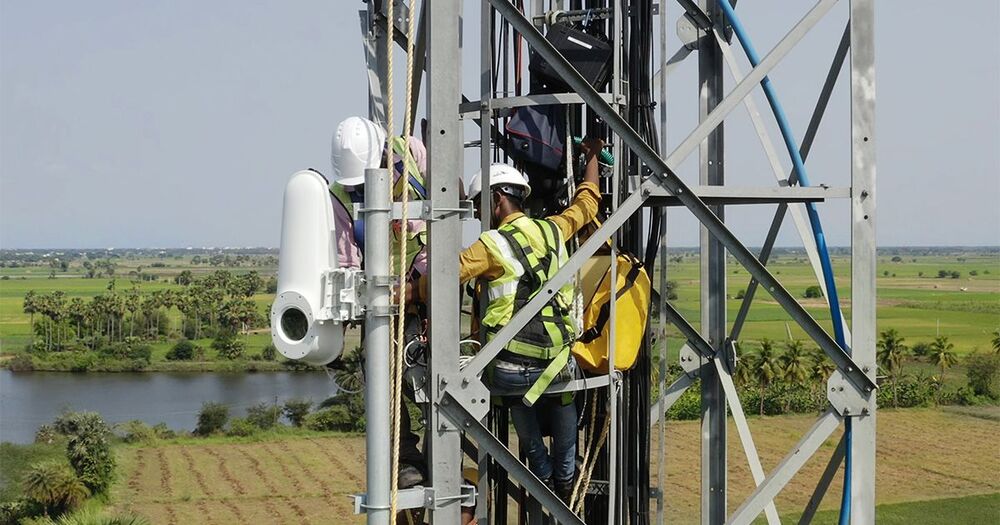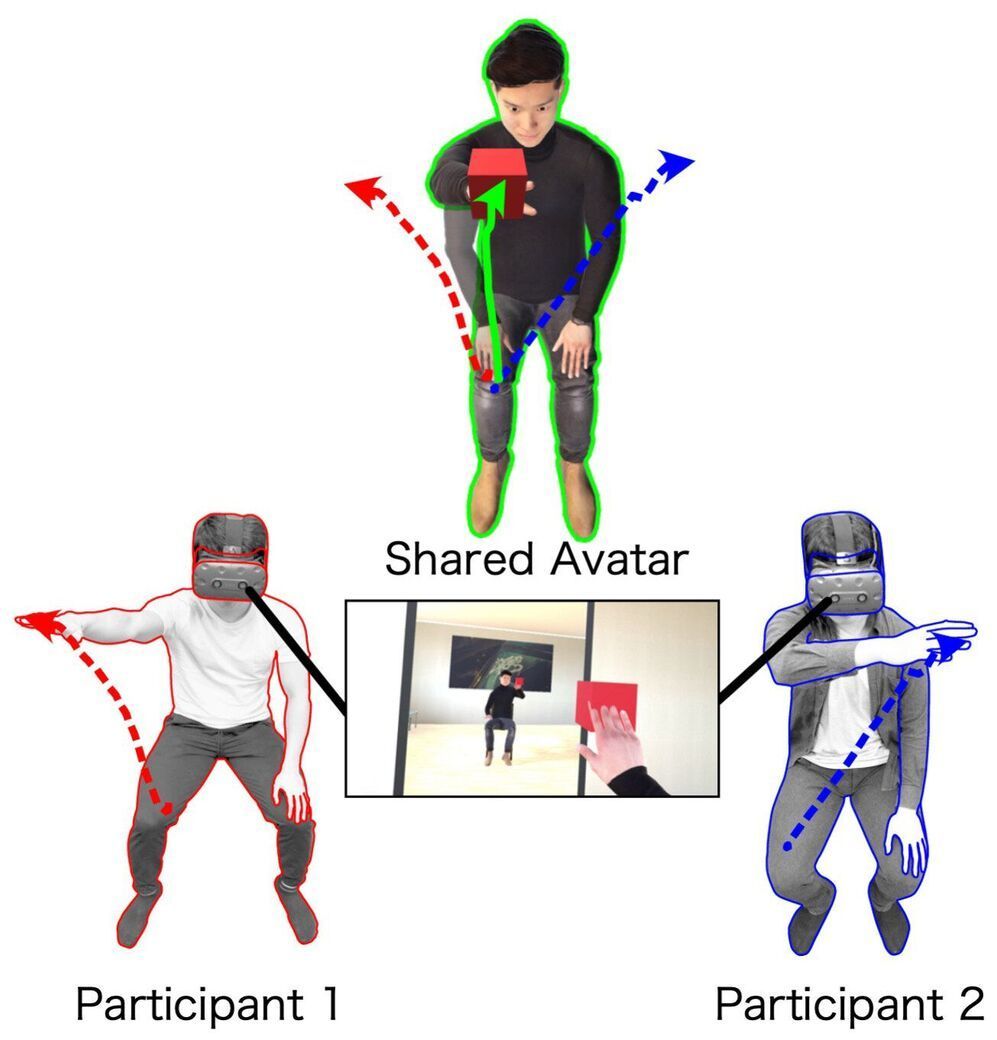Harun Šiljak, Trinity College Dublin
Google reported a remarkable breakthrough towards the end of 2019. The company claimed to have achieved something called quantum supremacy, using a new type of “quantum” computer to perform a benchmark test in 200 seconds. This was in stark contrast to the 10,000 years that would supposedly have been needed by a state-of-the-art conventional supercomputer to complete the same test.
Despite IBM’s claim that its supercomputer, with a little optimisation, could solve the task in a matter of days, Google’s announcement made it clear that we are entering a new era of incredible computational power.






